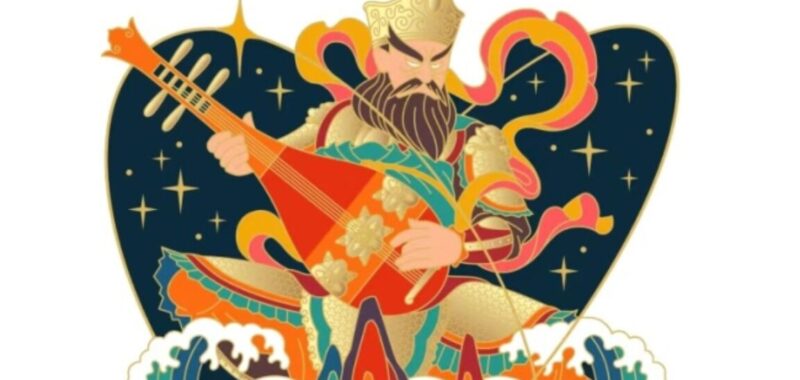
Mission patches are a decades-old tradition in spaceflight. They can range from the figurative to the abstract, prompting valuable insights or feeding confusion. Some are just plain weird.
Ars published a story a few months ago on spaceflight patches from NASA, SpaceX, Russia, and the NRO, the US government’s spy satellite agency, which is responsible for some of the most head-scratching mission logos.
Until recently, China’s entries in the realm of spaceflight patches often lacked the originality found in patches from the West. For example, a series of patches for China’s human spaceflight missions used a formulaic design with a circular shape and a mix of red and blue. The patch for China’s most recent Shenzhou crew to the country’s Tiangong space station last month finally broke the mold with a triangular shape after China’s human spaceflight agency put the patch up for a public vote.
But there’s a fascinating set of new patches Chinese officials released for a series of launches with top secret satellites over the last two months. These four patches depict Buddhist gods with a sense of artistry and sharp colors that stand apart from China’s previous spaceflight emblems, and perhaps—or perhaps not—they can tell us something about the nature of the missions they represent.
Guardians of the Dharma
The four patches show the Four Heavenly Kings, protector deities in Buddhism who guard against evil forces in the four cardinal directions, according to the Kyoto National Museum. The gods also shield the Dharma, the teachings of the Buddha, from external threats.
These gods have different names, but in China, they are known as Duōwén, Zēngzhǎng, Chíguó, and Guăngmù. Duōwén is the commander and the guardian of the north, the “one who listens to many teachings,” who is often depicted with an umbrella. Zēngzhǎng, guardian of the south, is a god of growth shown carrying a sword. The protector of the east is Chíguó, defender of the nation, who holds a stringed musical instrument. And guarding the west is Guăngmù, an all-seeing god usually depicted with a serpent.

